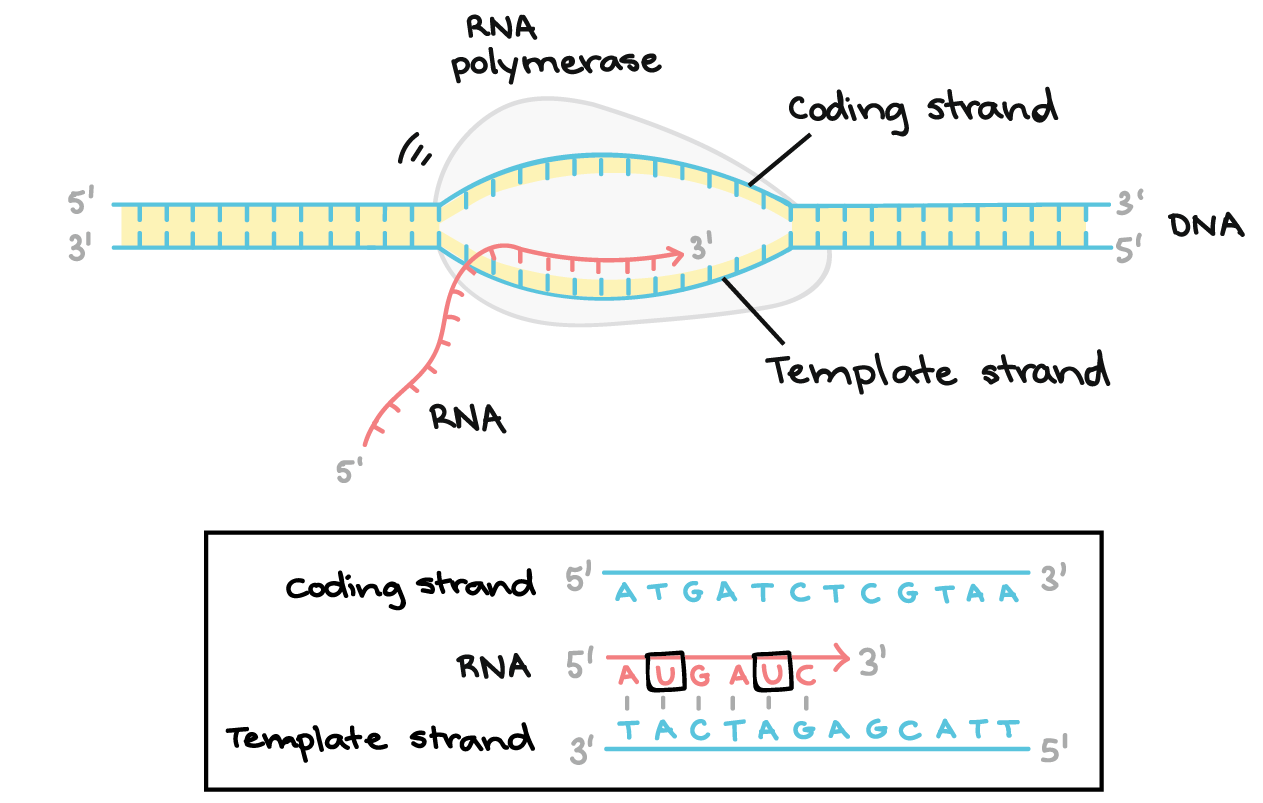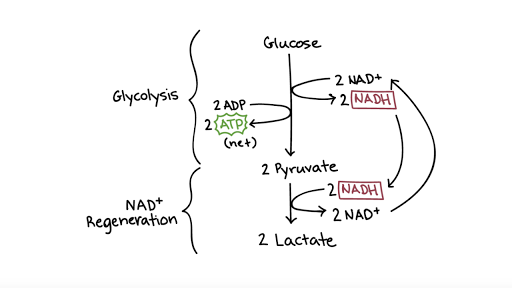Hey! Just wondering if the action of mRNA exiting the nucleus and traveling to the ribosome should be included as part of transcription or translation? Thanks!
VCE Biology Questions Thread
chimichurri
I'm gonna guess neither. (As it is not being created / copied)
- Edited
Hey chimichurri!
VCAA probably wouldn't ask you about this specifically.
I would only include it in the context of a Translation question.

 ️
️
Hey guys. I was thinking about c)ii) from the sample exam, and an idea came up to use "111 mitochondrial genomes exist" as how "mtDNA phylogeny provides evidence" Just wondering if my line of thought would be correct:
"Genomes" suggests that they are distinct gene pools (in terms of mtDNA). If gene flow was possible between these populations there would be one genome with high variation not separate genomes
Hence they must have been present in Australia for the genetic variations caused and accumulated by natural selection, genetic drift and mutations for the genomes to become separate/"diverge"
- Edited
thanks for your help guys! also, why does pre-mRNA read the template strand (in transcription) in a 3' to 5' direction? Isn't DNA usually read in a 5' to 3' direction?
Also, I had been taught that one gene coded for multiple amino acids but then isn't an operon made of multiple genes that code for the one amino acid? Is that right? What's the difference between a gene and an operon here?
hi
- Edited
Hi chimichurri!
Let me try and explain how operons/genes work.
Firstly, remember that a gene is a section of DNA that codes for a specific protein. Of course, genes are found in both eukaryotes and prokaryotes. A gene will code for multiple amino acids, forming a polypeptide chain that can be folded to form a functional protein. An operon is generally only found in prokaryotes, and its a cluster of linked genes that all share a common promoter and operator, and are transcribed at the same time. Generally, all of these genes are related by function (i.e. biochemical process that they are a part of). Now, the genes in the operon are structural genes (genes that don't code for regulatory proteins, but instead proteins needed for structure or cellular functioning). The trp operon (that you need to know about from the study design) consists of multiple structural genes and has a structure like the following:
3' end - Promoter - Operator - Leader (TrpL) - Attenuator - TrpE - TrpD - TrpC - TrpB - TrpA - Trailer - 5' end
TrpE to TrpA are your important structural genes. As we know, genes code for many amino acids, so an operon is not going to just code for amino acid. It is easy to think that the trp operon codes only for one amino acid, that being tryptophan (since the process can be quite confusing to understand). However, the trp operon actually codes for multiple polypeptides, each structural gene being transcribed and translated to form different proteins (specifically enzymes) that are required to produce tryptophan. Here are some details on the enzymes formed (don't need to know the specifics, but it can be helpful in understanding how it works).
- TrpE and TrpD -> Form enzyme Anthranilate synthase, which converts chorismate (found in the cell) into anthranilate.
- TrpC -> Forms enzyme Indole-3-glycerol-photosphate synthase, which converts anthranilate into indole-3-glycerol-photosphate.
- TrpB and TrpA -> Forms enzyme Tryptophan synthase, which converts indole-3-glycerol-photosphate into tryptophan.
(Requires lots of energy, meaning the process needs to be tightly regulated via attenuation and repression mechanisms).
To put it simply, the enzymes are produced to convert certain chemical products into tryptophan, with each enzyme consisting of many amino acids that form polypeptides and therefore are folded into functional proteins (i.e. enzymes). Hopefully that makes sense.
With directions, it can be quite confusing. RNA polymerase (not pre-mRNA) reads the strand in a 3' to 5' direction, forming an mRNA strand (mRNA for prokaryotes, but pre-mRNA for eukaryotes) that is 5' to 3' (due to complementary nature of DNA transcription). DNA replication is the same, as DNA polymerase reads the strand from 3' to 5' and writes a new DNA strand from 5' to 3'. I remember it like this: "When we study, we read up on a topic (3' to 5'), and then you write it down (5' to 3')". That said, google makes it kind of confusing by saying that DNA is read 5' to 3', but I'm assuming that it is referring to the fact that whilst the template strand being copied in a complementary manner is the 3' to 5' direction, the actual coding strand that is being replicated is 5' to 3' (which is why the created DNA or RNA strand is always written in a 5' to 3' direction). I might be wrong about that though. Not sure if that makes sense, since I'm still trying to wrap my head around how it works haha.
how does natural selection contribute to allopatric speciation
chemistry1111
Allopatric speciation begins with a species population being separated due to a geographical barrier (e.g. ocean, mountain ranges, vast desert, etc.). These populations will therefore be exposed to different environmental selection pressures, resulting in the accumulation of genetic differences. During this process, natural selection will confer an selective advantage to members of these populations that carry advantageous alleles, of which increase their fitness and ability to survive when exposed to these different selection pressures. It is important to note that of course, the selection pressures will vary and therefore the members of each population selected for and against by natural selection will differ. Over time, this process of natural selection will result in the population members being unable to interbreed if they come in contact with each other (i.e. the geographic barrier is removed), as they will no longer be able to produce viable and fertile offspring.
Hello there,
Can someone please explain to me why fermentation must not allow the presence the oxygen to happen successfully? (Like I get it's because that's anaerobic respiration but I don't know what would happen if we have oxygen present in it?).
Cheers 
I'm not sure on the bio-mechanics of it all - perhaps its got to do with the build up of pyruvate molecules - but the gist of it is:
Aerobic respiration is more efficient. So it will be conducted when sufficient oxygen is available.
Fermentation will occur when there is not enough oxygen - as it provides an alternate means of re-cycling the NADH molecules.
Hello there,
Can someone please explain to me the process of monoclonal antibodies and how effective this method is when we use it as a treatment for a disease?
Kind regards 
- Edited
hey, what is the difference between coding strand
chemistry1111
Hi 
The template strand only serves as the template for transcription (so this template strand is often from DNA, and is used to transcribe into mRNA). Whereas, the coding strand contains the exact same sequence of nucleotides in the mRNA except for thymine.

Hope this helps
_sophiestudies_
Thank you so so so much! I understand now 
hi all! sorry if someone's already asked this question:
does anyone know if there are solutions available for the 2022 sample bio exam on the vcaa page? and if so where they are located?
my teacher literally made the class complete it under timed conditions and everything but we can't even correct our work...
thanks in advance!
-bw
bw304 I don't think there are any solutions (VCAA doesn't seem to ever give sample exam solutions for any subject, which is really annoying). You might need to ask your teacher for answers, or see if they can mark it for you.

